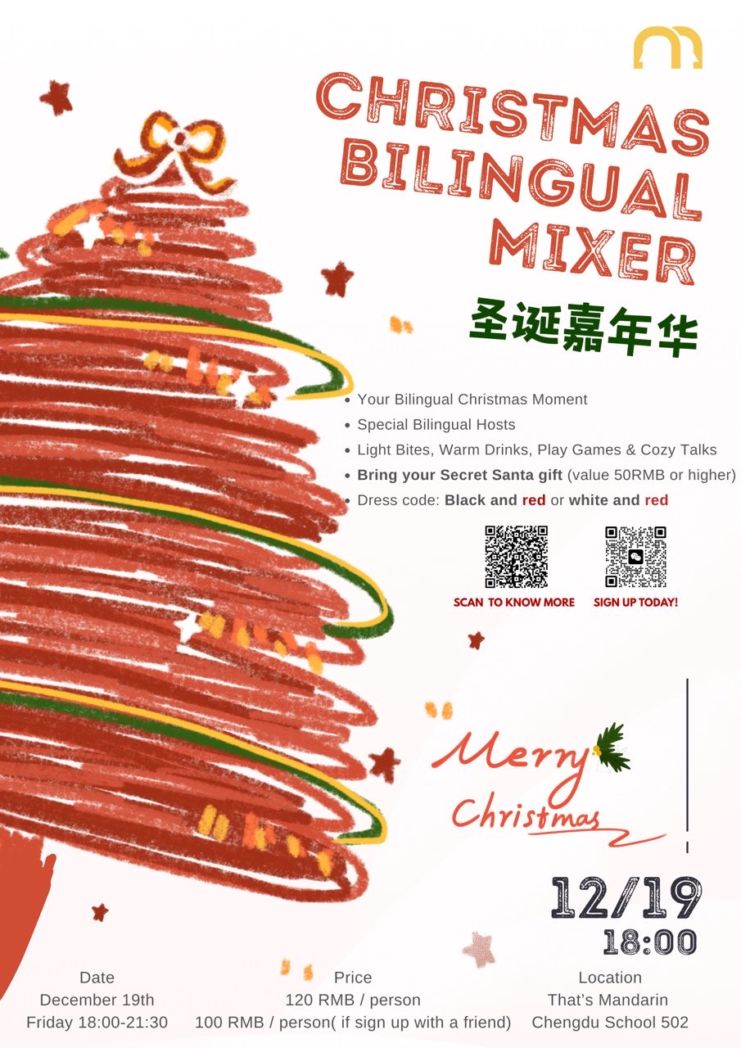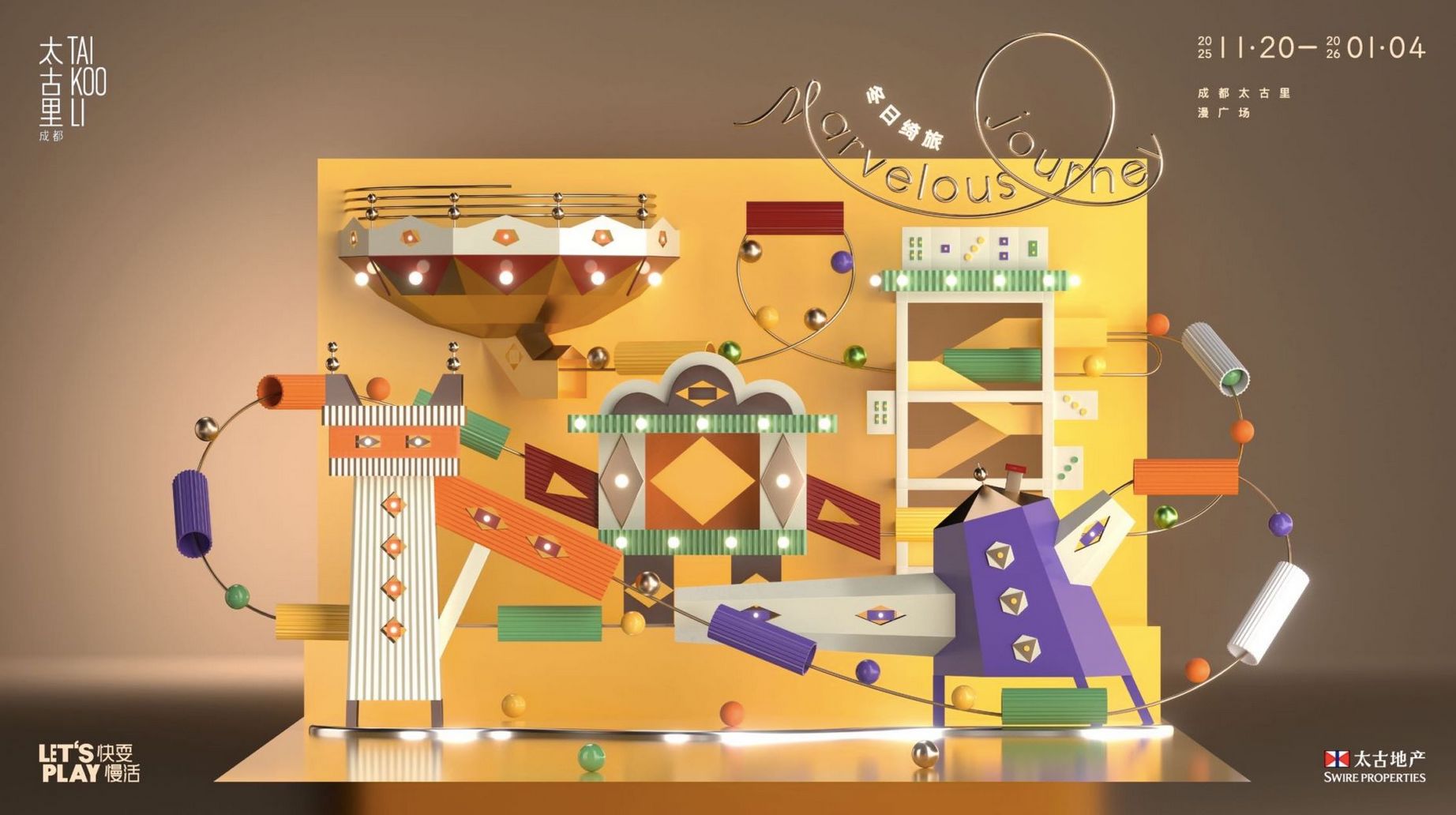Profile
Until April 20: MANCALA Exhibition – Letters To China… Letters To Africa
GAP will present a exhibition MANCALA: LETTERS TO CHINA… LETTERS TO AFRICA from 24 March to 20 April 2025.
之間将于2025年3月24日- 4月20日展出《播棋:致中国的信…致非洲的信》。
Curators:
Megan Mace and Johnnie Cheang
梅根·梅斯、郑子扬
Duration:
24 March – 20 April 2025 (open Tuesdays to Sundays from 10:00 to 18:00)
2025年3月24日- 4月20日(每周二至周日10:00-18:00开放)
Venue:
之间GAP, 14-9-5, Shuanglin Henglu Rd. M, Chenghua District, Chengdu
之間 四川省成都市双林中横路14号9栋附5号(双林社区内)
Exhibition information:
MANCALA: LETTERS TO CHINA, LETTERS TO AFRICAMancala (derived from the Arabic word “نقلة” (naqala), meaning “to move” or “to migrate”) is a two-player board game and one of the oldest games in the world. It originated in Africa and gradually developed in East Africa around the 6th-7th centuries. Through the trade networks of Arab merchants, the game spread to other African countries and parts of Asia, evolving into various regional variations. In China, Mancala has mainly been popular and developed in Henan, Fujian, and Chaoshan, and some of its mechanisms have also been incorporated into modern variations of Chinese checkers.Just as Mancala has transformed throughout history, mirroring the ever-changing progression of the game itself, our perceptions shift and evolve with time and context. How, then, are our understandings of contemporary African art ecosystems being shaped and transformed in present day China? Are similar exchanges, and shifts manifesting and coexisting within Africa?This exhibition presents new media artworks, interactive installations, and participatory game experiences by Bubu Ogisi (Nigeria), Eurídice Zaituna Kala (Mozambique), Kombo Chapfika (Zimbabwe), Natalie Paneng (South Africa). By integrating digital and physical mediums, it seeks to reexamine everyday experiences from a defamiliarized perspective. The artworks are presented alongside archival materials from various African cultural and exhibition histories over the past decade, fostering a dialogue that reflects on artistic perception and identity in the digital and globalized era. In parallel, the exhibition considers new possibilities for cultural exchange, moving beyond passive observation and direct engagement. It explores how interactions and dialogues can unfold in a multicultural landscape, expanding the ways in which artistic and curatorial practices evolve in response to shifting global contexts.
Reviews
More Events
Chengdu
Sichuan
Chengdu City
Sichuan








